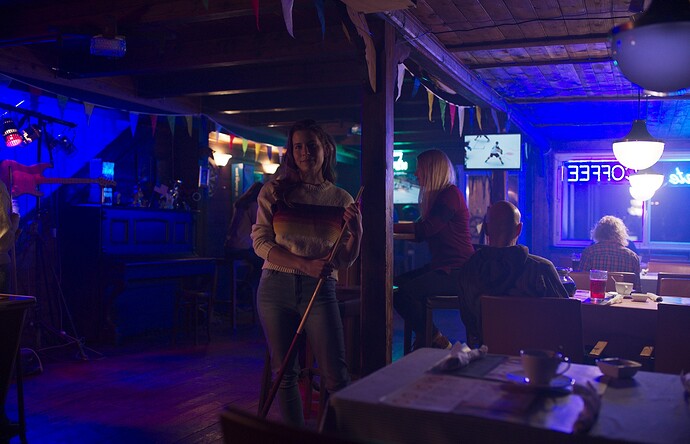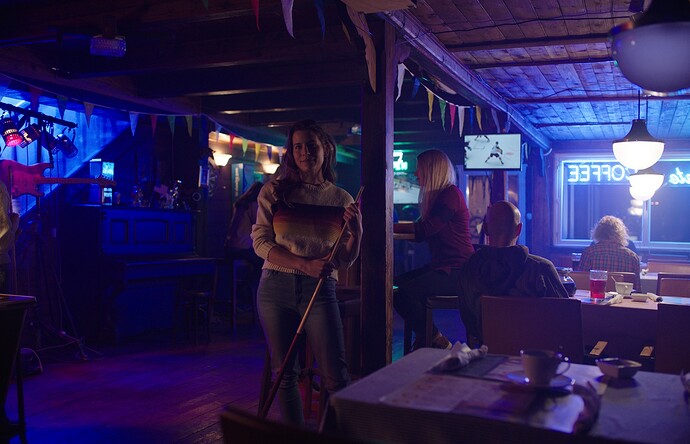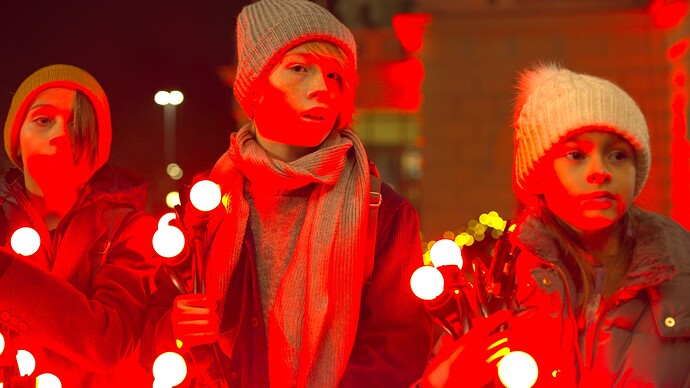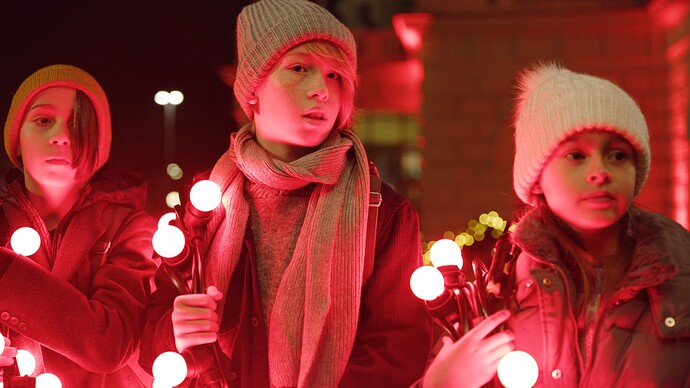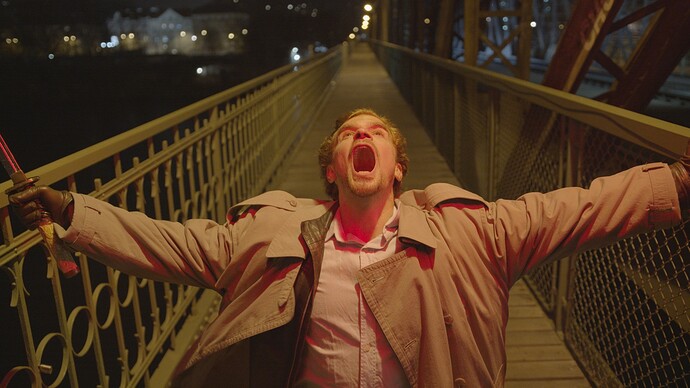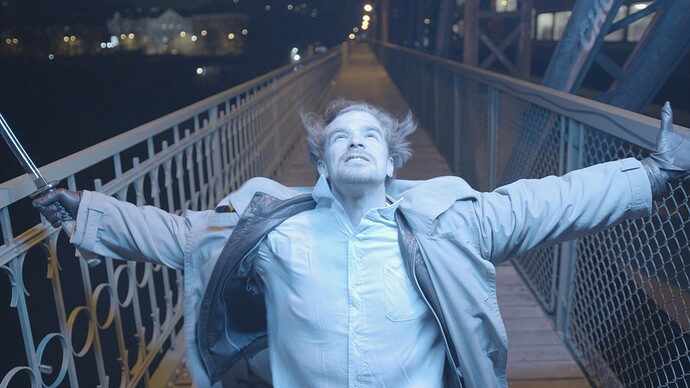Thanks for the welcome!
ok, here we go
Here you can find source frames and preview jpgs, that I’m also sending here.
- I have an Alexa - which is classic “Highlight Fix problem”. Blue neon sign, blue / purple stage lights, etc.
- ACES ODT Rec709
- ACES Highlight Fix Rec709
- official Alexa Rec709 lut
- I have RED Helium and red christmas lights - lovely combination

- ACES ODT Rec709
- official RED IPP2 tonemap High Contrast Very Soft Rec709
- I have Blackmagic Design Pocket 6k - red and blue lights, more problems visible in the red light
- ACEScct - you can see the color clamping better in ACEScct here, than in Rec709
- original BMD Pocket 6k Film Gen4 image
I think we have to do some kind of tonemapping for each color channel extreme. It would be great to have something standardized from the ACES team.
For example for the RED Log310 I know there is a conversion lut with custom tone mapping to LogC from True Color for 100 bucks…
https://truecolor.us/downloads/red-to-alexa-lut-package/
So probably something like that for multiple scenarios?
Or what would be the suggestion for these kinds of shots? For example for the RED footage with the red lights? How can I work on that shot and do VFX in ACEScg?
Thank you very much!
